Happy New Year, friends! You may have noticed a theme. Last Friday I shared my annual New Year's Resolution Poem, then on Monday I gave you tips on how to make a successful New Year's resolution. Well, today for Workout Wednesday, I am sharing my New Year Drop the (Medicine) Ball Countdown Workout.
You may have watched the ball drop on TV like I tried to but fell asleep way too early. Today we are going to drop our own ball by using a weighted medicine ball to perform 10 exercises and countdown the reps from 10 to 1. Ready to get started? Here's how it works.
You will perform 10 reps of each of the 10 exercises, moving swiftly from one exercise to the next without rest while maintaing proper form. Once you complete the 10 reps of each exercise rest for one minute and then perform 9 reps of each exercise...then 8...then 7...all the way down to just one rep of each exercise. By the end you will have done 55 reps of each exercise!
WHAT YOU'LL NEED
Medicine Ball - This is one that I use (affiliate link)
I took the workout outdoors because I am in Texas and this New Year's Eve it was 70 degrees. Who knows? It could snow tomorrow.
THE EXERCISES
I'll walk you through the 10 exercises you will be doing.
Squat to Shoulder Press
With your feet a little wider than hip width apart, toes pointing forward, push your hips back and lower until your thighs are parallel to the ground (or as low as your flexibility allows) while shifting your weight onto your heels. Touch your elbows to your knees and press the medicine ball over your head into a shoulder press.
Side Lunge to Chest Press (each side)
With both toes pointing forward, push your hips back and take a large step to your right and bend your right knee into a side lunge position and straighten your left leg. Do not allow your knees to move forward past your toes. Lower your hips as low as your flexibility will allow. Push back to starting position
Lunge with Twist (each leg)
With your feet hip width apart and your toes pointed straight ahead, hold your core stable with your back straight and take one large step with your right leg to lunge forward until your front knee is lined up over your ankle, your right thigh is parallel to the floor and your back knee is nearly touching the floor. Twist your torso in the direction of your forward leg. Push up to standing. Complete reps and then switch to other side.
Single Leg Deadlift (each leg)
Standing on one leg, keep your knee slightly bent and perform a deadlift by bending at your hip while keeping your back straight and neck neutral. Extend your free leg behind you in line with your body. Lower until your back is parallel to the ground. With your back straight return to the upright position. Complete the reps and switch side.
Mountain Climber
Start by balancing on your medicine ball in a straight arm plank position. Bring your knee in towards your elbow then back to plank position. Repeat with opposite foot. This is one rep. Move as quickly as possible while keeping your core engaged.
High Plank Hold (5 seconds = 1 rep) OR Push Ups
Balance on your medicine ball In a high plank straight arm position with your shoulders directly over your wrists. Your body should form a straight line from your head to your heels. Don't allow your hips to drop or raise up. Engage your abs and breathe normally. 5 seconds = 1 rep.
If you are feeling advanced today, you could progress this exercise into a pushup by bending your arms to lower your chest to the medicine ball.
Plank Jack
Starting in a high plank position as described above with your feet together at the starting point. Jump your legs wide out to the sides (like the motion of a standing jumping jack) and then back together.
Bridge with Overhead Lift
Lie on your back with your knees bent, your feet flat on the floor and arms extended on the ground over your head. With medicine ball in hand reach your arms over your head towards the sky while raising your hips off the floor so that your body forms a straight line from your shoulders to your knees. Pause at the top then slowly lower your hips and arms back to the ground.
Russian Twist (each side)
With your back a 45 degree angle and your heels off the ground, twist your torso to one side and touch the medicine ball to the ground, then repeat on other side. That is one rep. To regress the exercise place your heels on the ground.
Toe Taps
This is a doozy friends! Remember to always warm up and cool down before and after every workout. Give yourself a rest day or low intensity day following this workout to allow your body time to recover. Give it a try and let me know what you think! You can leave a comment or reach out to me directly here.
Like this post? It helps me when you share or save to Pinterest.

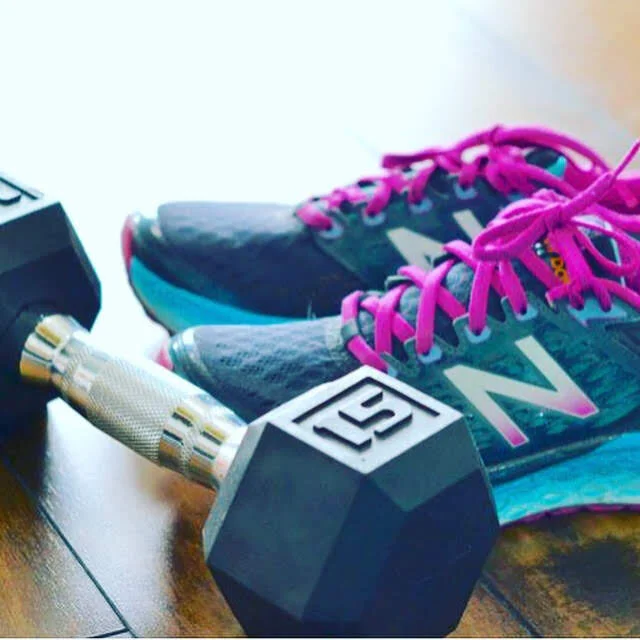

















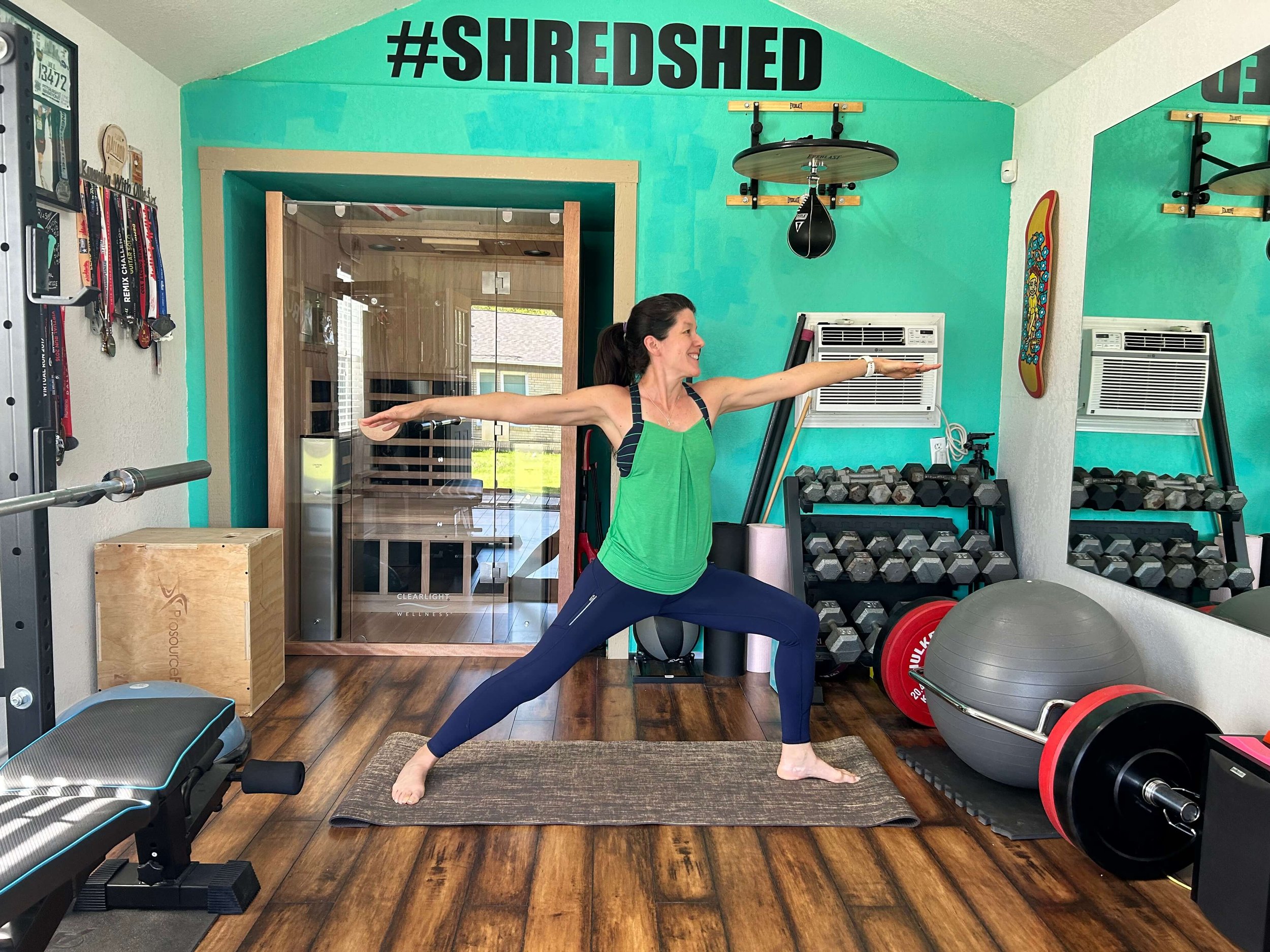

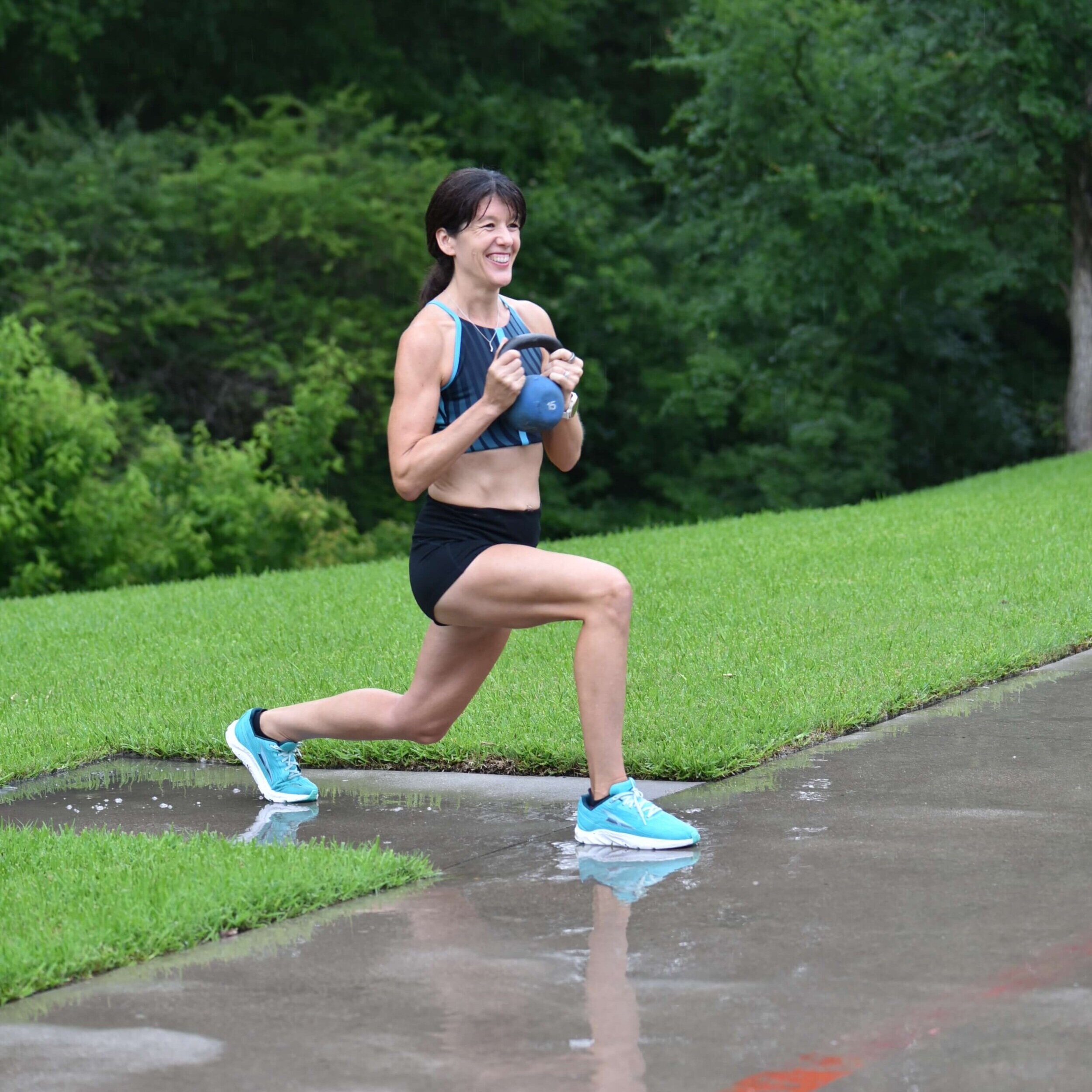

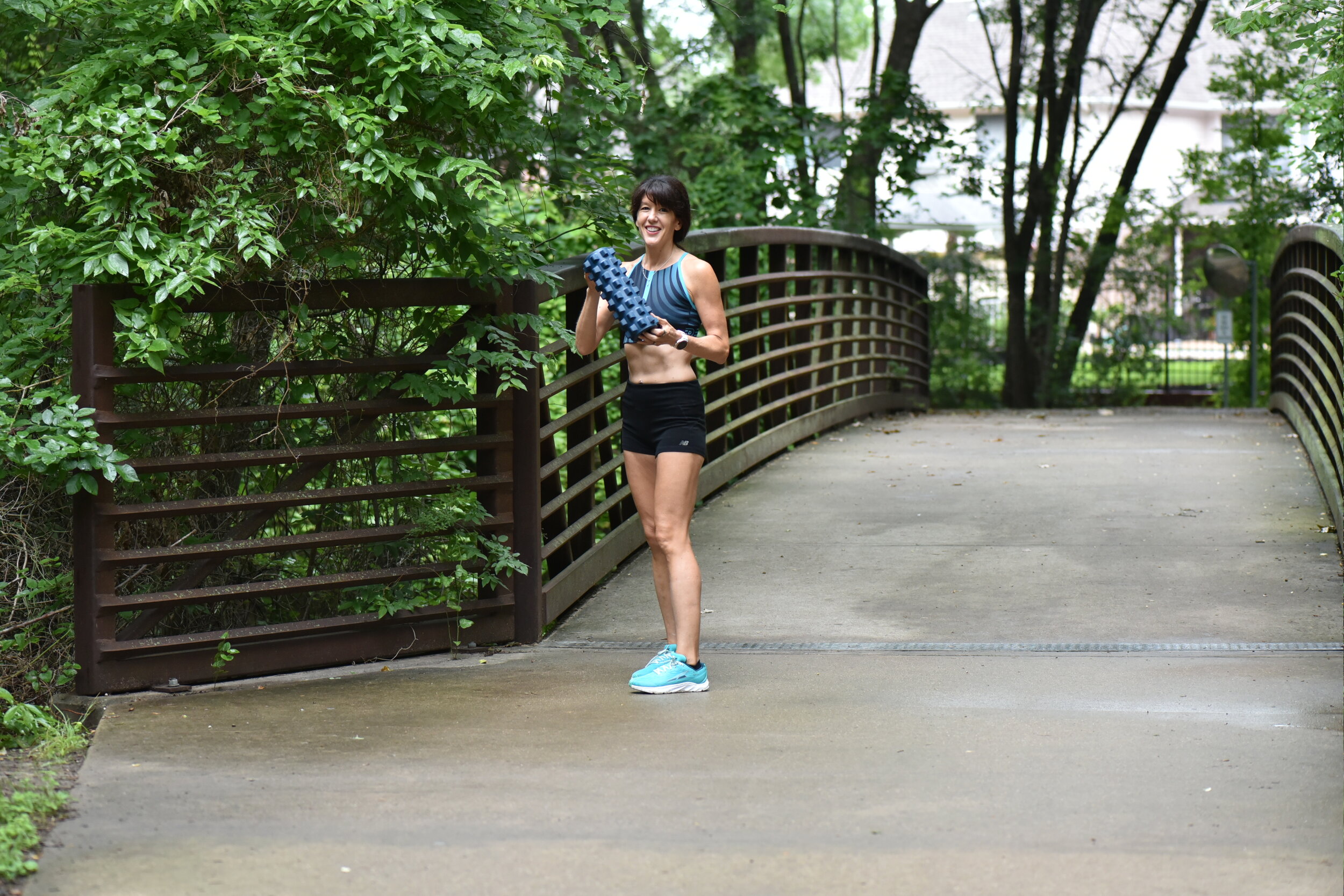
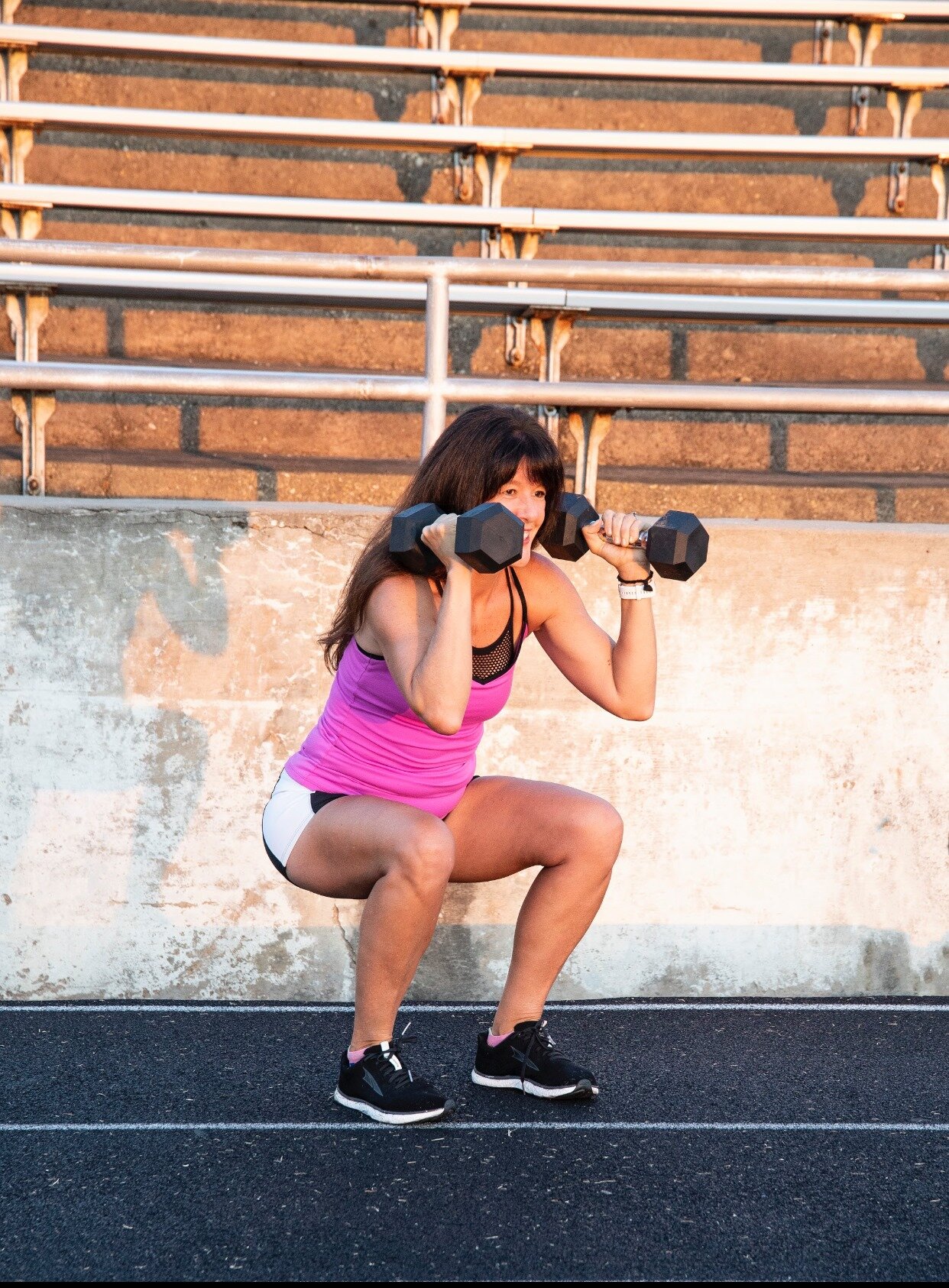

















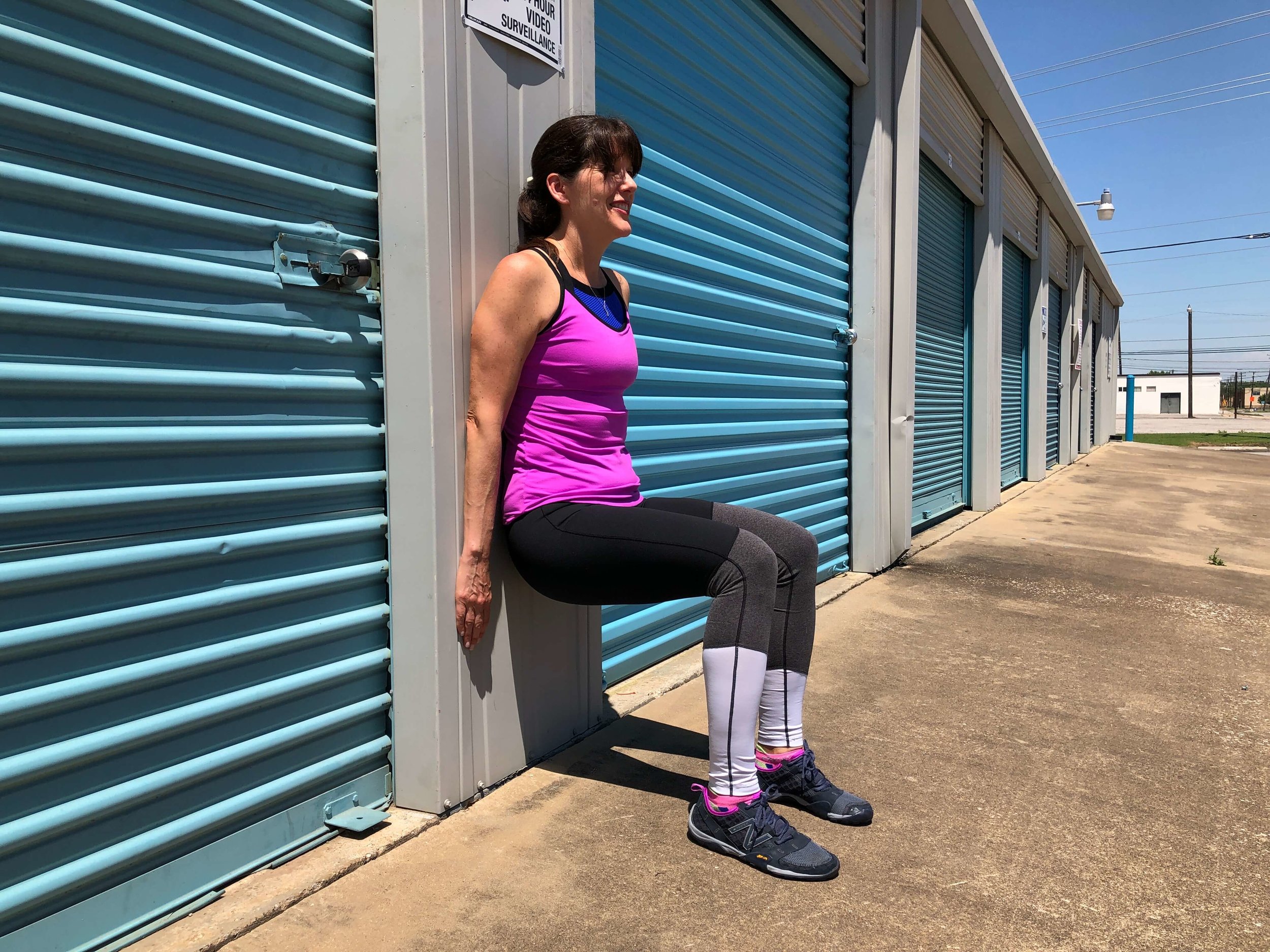


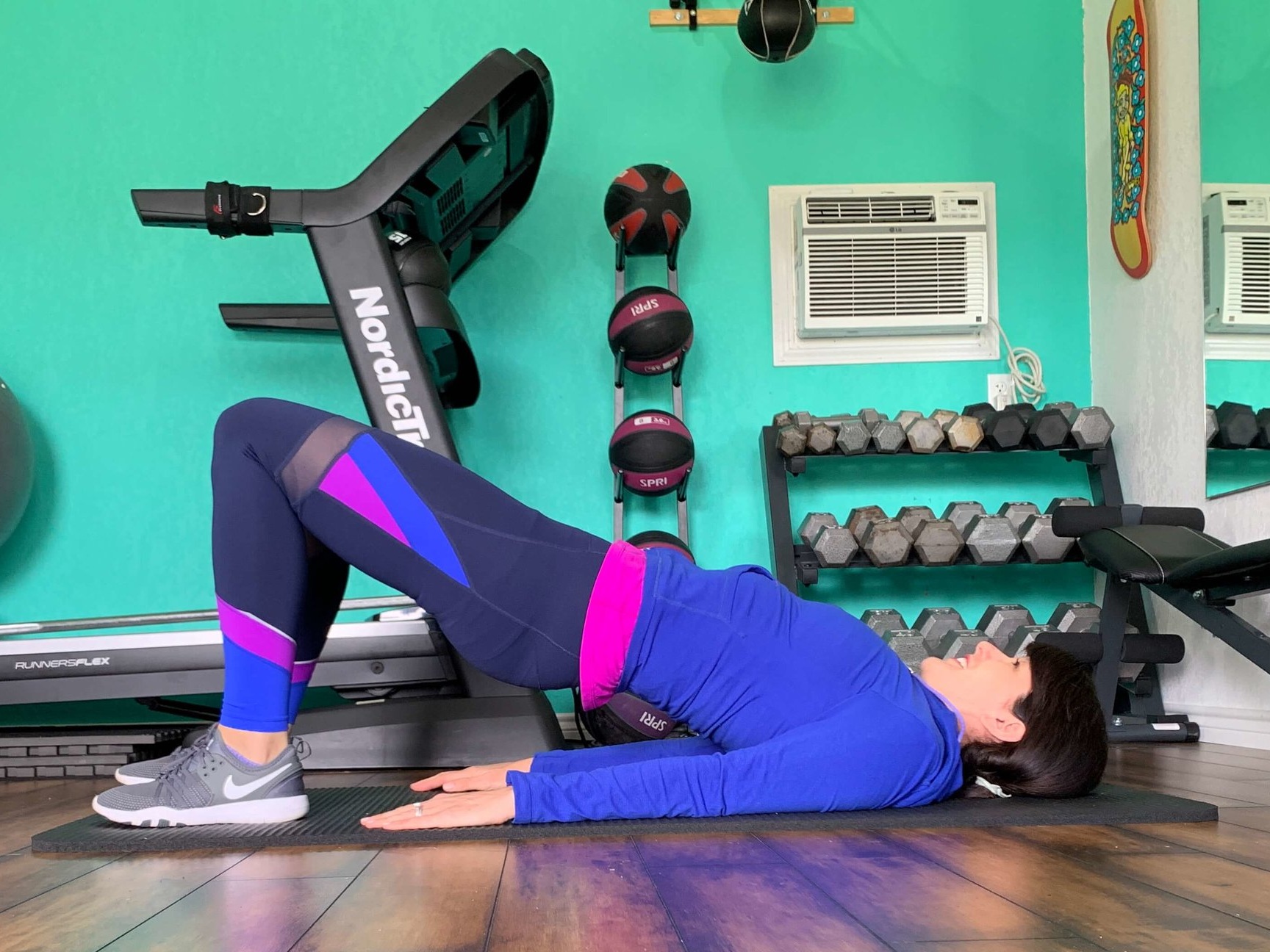

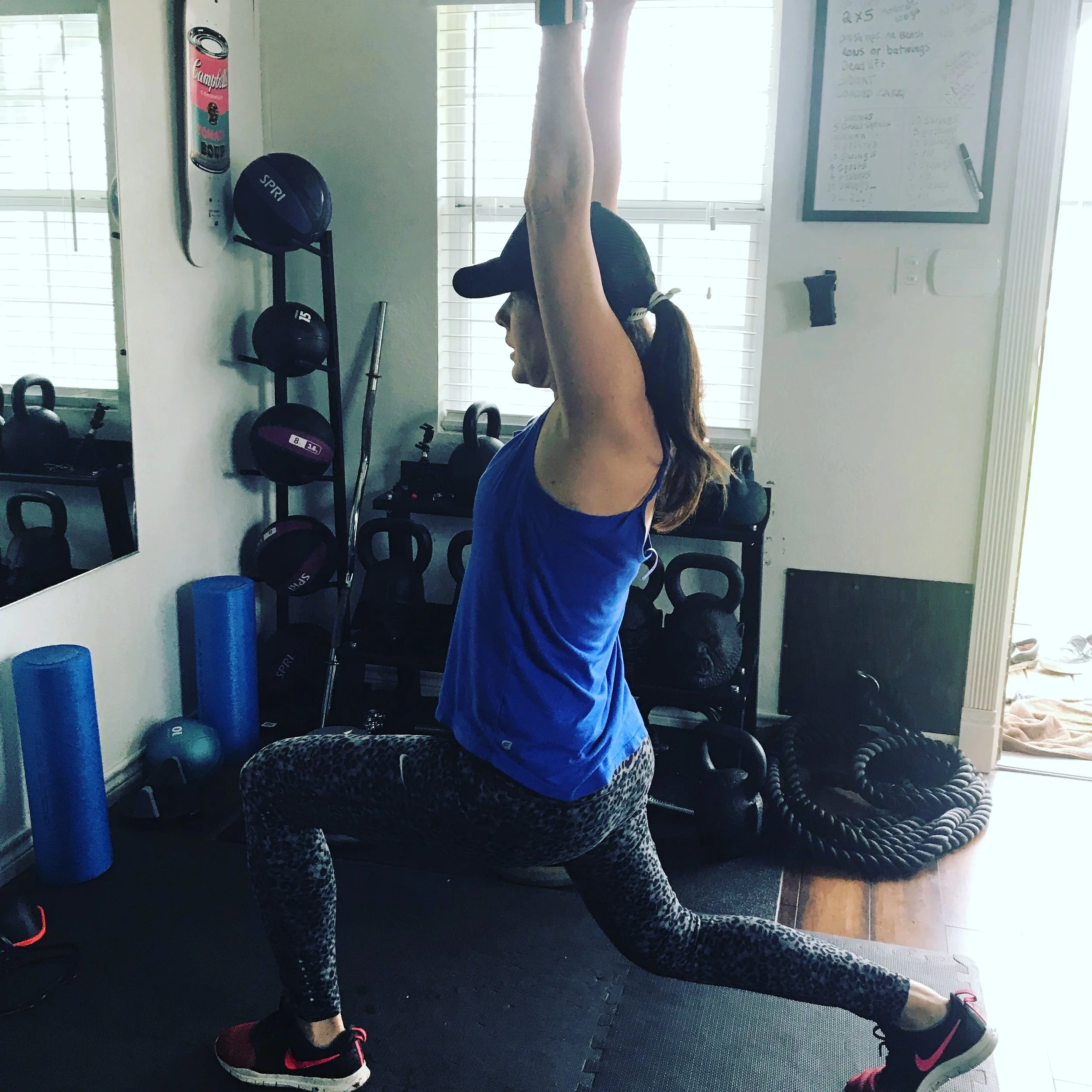











When we “fall back” at the end of Daylight Saving Time, most people think about gaining an extra hour of sleep. Years ago, I wrote about using that hour to restart morning workouts. Now, I see this moment even more clearly. The time change is more than a bonus hour. It creates a natural opening to reset habits, experiment with morning movement, and rethink the stories we tell ourselves like “I’m not a morning person.” Whether you use the extra hour to move your body or catch up on sleep, this season is a chance to rebuild your morning routine in a way that fits your life.